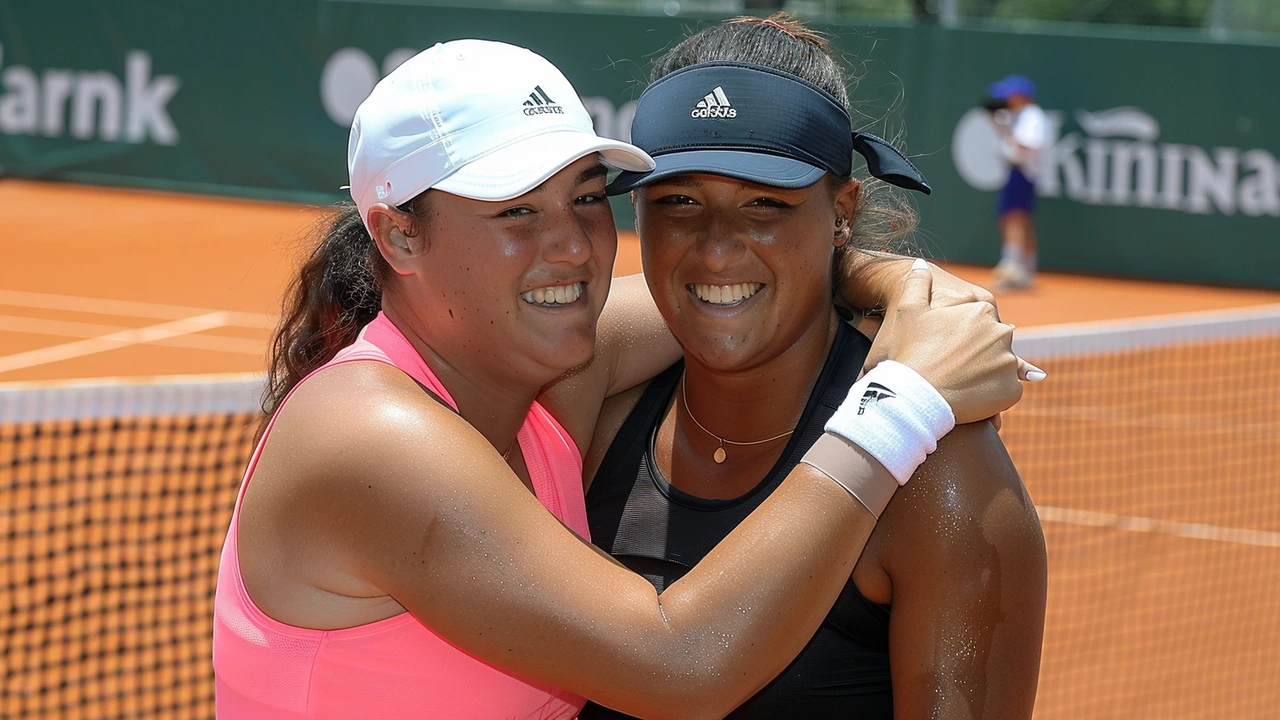Iga Swiatek Criticizes Roland Garros Crowd and Calls for Better Promotion of Women’s Tennis
When Iga Swiatek walked off the court after beating Naomi Osaka at Roland Garros, she didn’t just celebrate a win – she shouted about the empty seats and the muted crowd. The 2024 French Open match felt more like a practice session than a Grand Slam final, and Swiatek’s frustration was palpable. She told reporters the silence was a missed opportunity to grow women’s tennis, and her words have sparked a lively online debate.
Fans and officials are now asking: does a quiet audience hurt the sport, or is it just part of a larger scheduling issue? Swiatek’s comments have opened the door for a deeper look at how tournaments market the women’s draw, how match times line up with TV slots, and whether fans actually care enough to show up. If we want more energy in the stands, we need to understand why fans stay home.
Why the Crowd Reaction Matters
A buzzing crowd does more than cheer – it creates a vibe that can lift a player’s performance and attract media attention. When the stands are half‑empty, broadcasters notice, sponsors notice, and future ticket sales can take a hit. Swiatek’s criticism isn’t just about noise; it’s about the financial lifeline that fan engagement provides. In her view, the lack of enthusiasm sends a message that women’s matches are less exciting, which isn’t true.
Many point to the timing of the match as a key factor. The Swiatek‑Osaka battle was scheduled for a mid‑day slot, competing with other sports and work commitments. That leaves fewer fans able to attend in person or watch live on TV. Others argue that the tournament could do a better job promoting marquee women's matches, using social media teasers, player interviews, and local outreach to draw crowds.
What Can Be Done to Boost Women’s Tennis
If you’re a tournament organizer, look at three quick fixes: shift high‑profile women’s matches to prime‑time evenings, bundle tickets with local schools or community groups, and give players a platform to engage fans before the match. Simple things like a short meet‑and‑greet or a quick demo can turn a casual passerby into an eager spectator. For fans, sharing highlights on social media and inviting friends to attend can create a ripple effect.
Players themselves have a role, too. Swiatek’s candidness shows that athletes can be outspoken advocates for their sport. When top players talk about the need for louder crowds, it puts pressure on organizers to listen. Future stars might follow suit, turning the conversation into ongoing momentum for better promotion.
In the end, Swiatek’s comments are a reminder that tennis isn’t just about the ball crossing the net – it’s about the atmosphere surrounding it. A fuller stadium, louder cheers, and smarter scheduling can all help women’s tennis grow. Whether you’re a fan, a player, or an event planner, the message is clear: give the women’s game the spotlight it deserves, and the crowd will respond.
